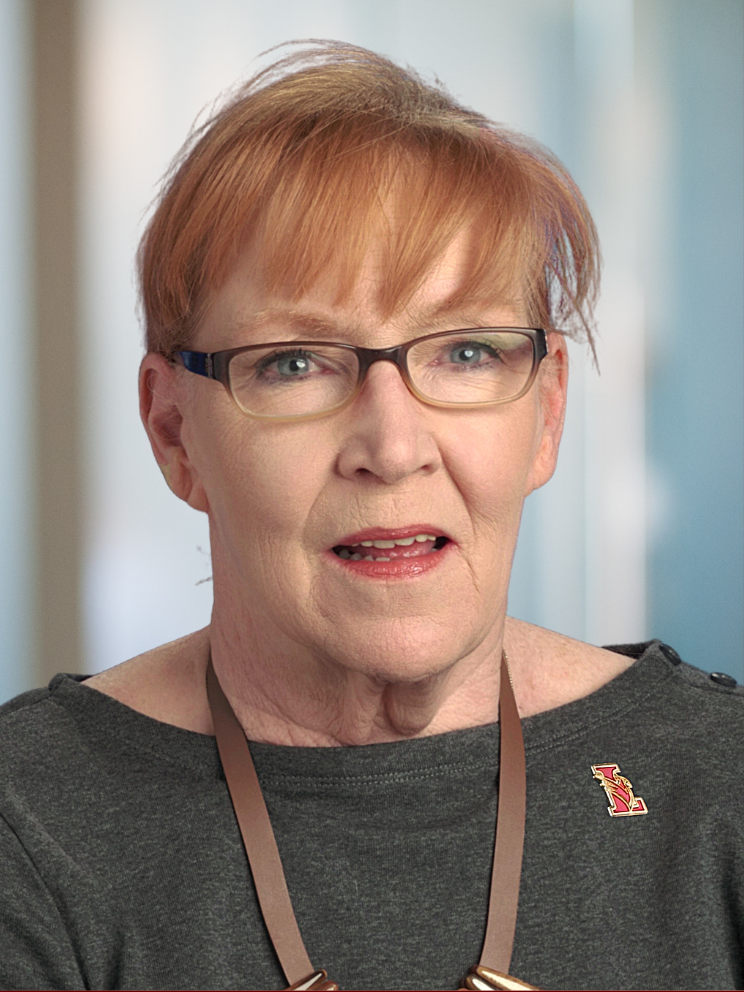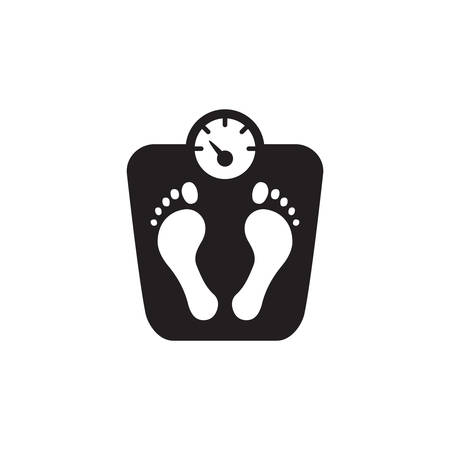Let’s face it — losing weight is hard. As a lifelong dieter, I can attest it’s hard at any age, but weight loss as an older adult is extraordinarily challenging. According to the CDC, 41.5 percent of adults aged 60 and older are considered obese.
I thought my extra pounds were here to stay. I was always bigger, but I put on a few pounds each year since my husband died. I had insignificant complaints but overall good health. My primary care provider found borderline prediabetes and prehypertension. In denial, I focused on the not-there-yet borderline diagnoses. I fretted more over my appearance, truly embarrassed by how I looked. To that end, I spent an inordinate amount of time dressing to camouflage the excess. In the words of Nora Ephron, “compensatory dressing” had me hyper focused on faking a look I felt was unattainable. Ephron lamented that she felt compelled to hide her neck with scarves, necklaces and high collars; I was hiding 50 pounds of extra weight. No matter what area of your body you’re hiding for what reason, it’s exhausting and makes you feel bad about yourself.
But at 65 and just over 200 pounds, I did some soul-searching. I was experiencing more memory loss than usual, acid reflux, restless leg syndrome and, dammit, nothing fit. After a family wedding on the beach where I wore what was essentially a muumuu, I decided to just do something.
I know my eating patterns and thought intermittent fasting might be worth a try. This weight-loss initiative involves eating only in a specific six- to eight-hour window, with only liquids the rest of the day. I don’t know about you, but I can make some bad decisions in that amount of time, so that diet didn’t work for me.
I decided I needed the tried-and-true Weight Watchers plan. I didn’t want to sit through the meetings or weigh in publicly, but I could use the WW app on my phone and log my meals and snacks. I had a scale and started weighing portions.
Talk about a wake-up call! Even the amount of oatmeal I had each morning was double what is considered a portion. My WW plan allowed for unlimited chicken, eggs and fish, so I didn’t need to give them up, but the chicken and salmon portions on my plate were also double, and I began taking smaller portions. I’m not a sweets-eater and I don’t drink alcohol, which helps, but I also didn’t like fruits or vegetables. Eating a single slice of pizza or a small pasta dish reignited cravings for those foods, so I skipped them.
It did get easier with time. Over a few weeks, I noticed a change in my taste buds and cravings. I became content to have my chicken atop a bed of greens with fruit tossed in. A month or so in, my weight improved, and I am making good choices and learning to listen to my body. I can proudly say I’ve lost 50 pounds and am still losing. Hard? You bet! Impossible? Absolutely not.
I can walk my little dog without panting and I’m more confident about my stability. Gone are the antacids and even the nightly melatonin. Eating the Weight Watchers way should be for a lifetime, at least for me. And no more compensatory dressing.

Pepper Evans works as an independent-living consultant, helping older adults age in place. She is the empty-nest mother of two adult daughters and has extensive personal and professional experience as a caregiver. She has worked as a researcher and editor for authors and filmmakers. She also puts her time and resources to use in the nonprofit sector and serves on the Board of Education in Lawrence Township, NJ.



